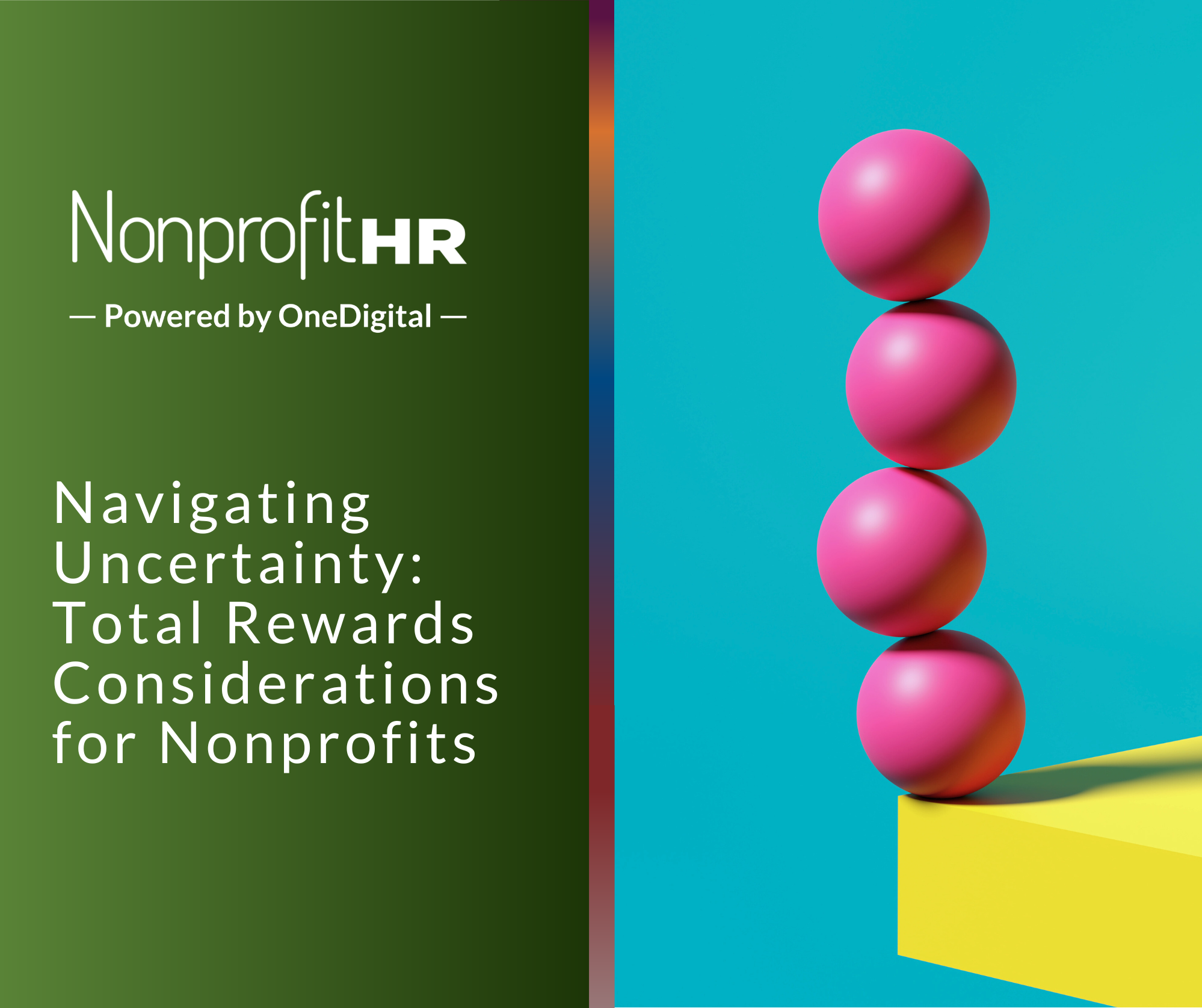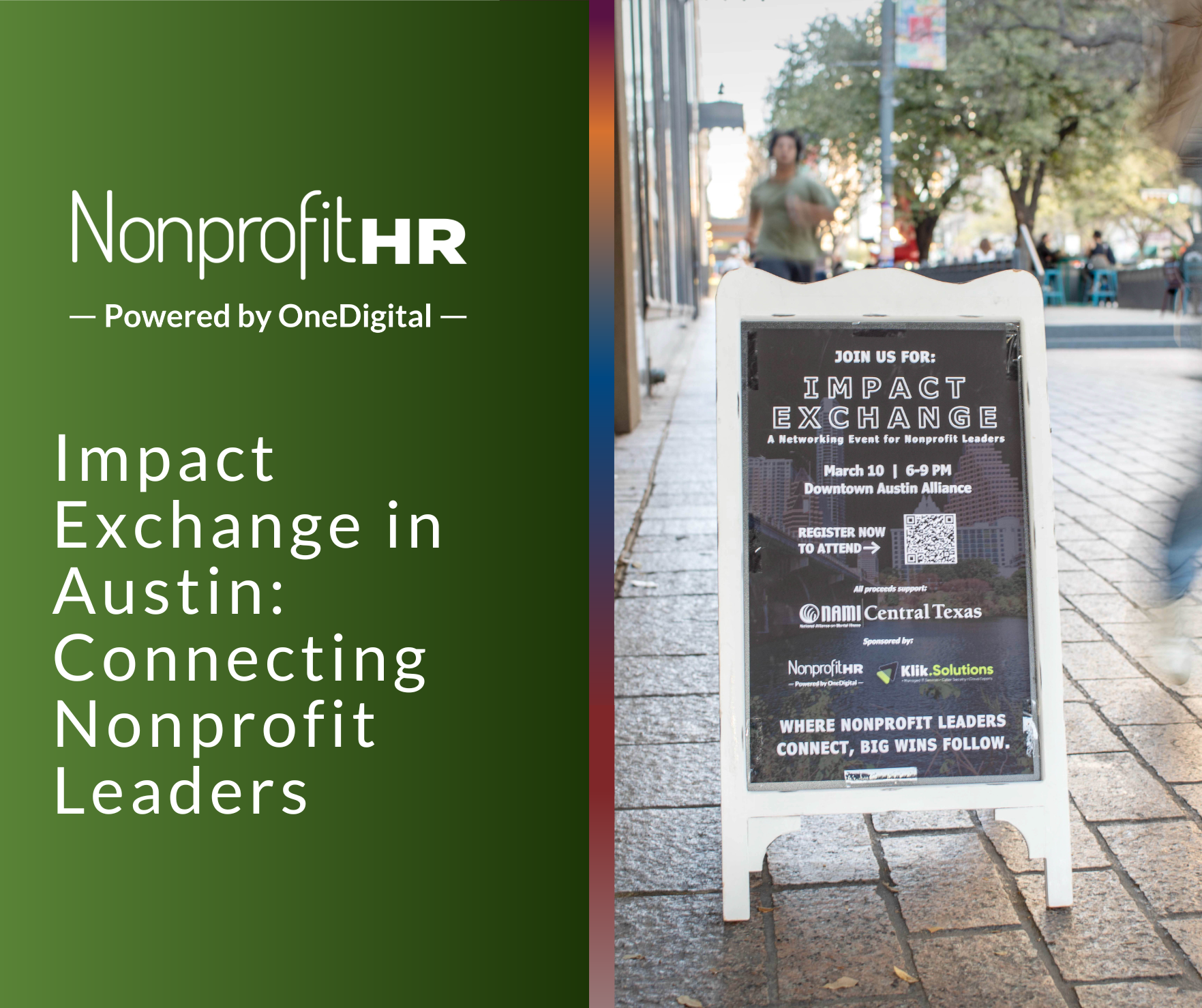WTOP: 5 ways nonprofits can…
Peter Green has the details on SHRM’s efforts to standardize the industry.
“A group of 600 HR managers, academics, and advisers are drafting guidelines for standardizing measures of workforce diversity, turnover, job training, and the like. They are also drawing up a template for how companies should report such information to shareholders. Those involved in the project argue that companies and investors would benefit if a single set of metrics were used to gauge what they call ‘human capital.’
The project, which is being spearheaded by the 250,000-member Society of Human Resource Management (SHRM), has drawn fire from the HR Policy Association (HRPA), a lobbying group whose members include the top HR officers at more than 300 of the largest companies in the U.S. HRPA says the reporting standards would place an unnecessary burden on public companies, which are already shouldering a mountain of paperwork under Sarbanes-Oxley. Information on how much time and money companies spend on training and what kinds of workers they are hiring would be less valuable to investors than to rivals, HRPA representatives say.
Officials at SHRM declined to comment, yet members of the task forces drawing up the standards said in interviews that the proposals merely codify practices already in place, such as tracking training time or employee satisfaction for internal use. Probably half the data covered by the standards are already being collected by companies.”
If SHRM wants this standard created then the industry will have a standard. The market will in the end decide whether the standard is worth an investment by companies. Nonprofits may in the future see funders asking and maybe even requiring compliance with the standard if it proves to have metrics that indicate a stable and healthy organization. It would not be a surprise if in the future the feds require compliance for taxpayer dollars — especially if SHRM lobbies for it. For now, the sector just needs to observe.





























